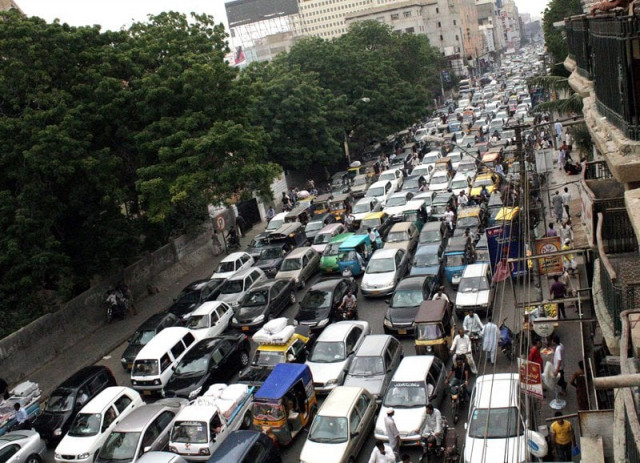
When Uber entered the market in March 2016, Pakistan’s two biggest cities seemed especially positioned for good business. Lahore and Karachi share a tattered public transport network (slightly less so in Lahore thanks to the Metro), weak rule of law, and high costs of vehicle ownership. These all imply strong demand for a safe, reliable, and affordable cab service.
There was the promise of empowerment for many women – predominantly those working long hours outside the home – who tended to avoid public transport over security concerns. Conscious of their needs, Uber organised seminars on sexual harassment for drivers, instructing them never to contact women passengers after the ride or to comment on their attire and lifestyle. The efforts haven’t stopped reports of sexual harassment, among other examples of service quality issues. Some of those issues are driven by a trend for drivers to take maximum – and unhelpful – advantage of the inducements offered by Uber as it attempts to gain a foothold.

Prathan Chorruangsak/Shutterstock
Blind spot
In order to offer drivers some protection against a lack of rides, Uber would pay 270 Pakistani rupees an hour, about £2.10, as compensation. Car rental companies and dealerships were quick to respond. They identified blind spots on Uber’s map and placed all their available cars there so they could earn money while parked up. Others, enticed by good demand, rented cars and hired drivers to pick up passengers. Fleet ownership is endorsed by Uber but fleet driver compensation appears to be left to the discretion of the car’s owner.
This represented a shift from the standard model of the service that customers are used to in the west, where the owner of the car and the driver are the same person. This is so in markets with relatively high rates of car ownership where financing is easily available from banks or from Uber itself. In other markets fleet owners tend to charge drivers a monthly rental but let them retain, at least most of, their earnings. In Pakistan, a large number of the drivers were employees of the owner, and not owners themselves, working for fixed salaries rather than a percentage of earnings. This appeared to be the cause of a distorted incentive system.

Wasif Malik/Flickr, CC BY
Capital drive
Whether these issues are ultimately found to be teething problems or structural constraints, they underlie the rentier-sharing economy nexus which favours the rentiers who live off accumulated wealth, savings or inheritances. The sharing economy allows those who own cars and homes to generate an income by using technology to offer them to strangers. The nexus works because when rentiers share they accumulate. Then they share more.
A key issue here is access to finance. Another is the often hazy distinction between the rentier and the real economy, since they often create jobs too. The third is the matter of concentrated ownership in the sharing economy.
The mainstay of the rentier is unequal access to finance. The economist John Maynard Keynes referred to this when he noted that the “euthanasia of the rentier” would occur when capital was abundant. The scarcity of capital in Pakistan, where lending rates and documentation requirements constrain car ownership, comes across as a key reason behind the distorted incentives underlying Uber’s poor service quality.
It is likely that such issues have compelled the service to drastically reduce fares in order to attract more customers. And so, instead of being an opportunity for car owners to earn an income on a self-employed basis or as an “entreployee” Uber became an investment opportunity for those looking to deploy accumulated wealth.
The corollary here is that Uber did create jobs. Isn’t that the most important outcome? Here, there are two points worth considering. One is that accumulation patterns would have been different had financial access been more inclusive. And two is the tendency of rentier capitalism to create the social class that SOAS economist Guy Standing describes as “the precariat”.

Peretz Partensky/Flickr, CC BY-SA
The third trend is growing concentration of ownership in the sharing economy. Airbnb data for New York indicates the much of the company’s revenue comes from people with multiple listings. This weakens the notion that there is a culture of “sharing” rather than one of rentierism which drives such business. At the core of this is the price of property, which limits ownership. Uber seems to be following the same trend in Pakistan where diminutive purchasing power makes car ownership an elusive dream for most.
Juvaria Jafri, Doctoral researcher in International Political Economy, City, University of London
This article was originally published on The Conversation. Read the original article.

















COMMENTS
Comments are moderated and generally will be posted if they are on-topic and not abusive.
For more information, please see our Comments FAQ